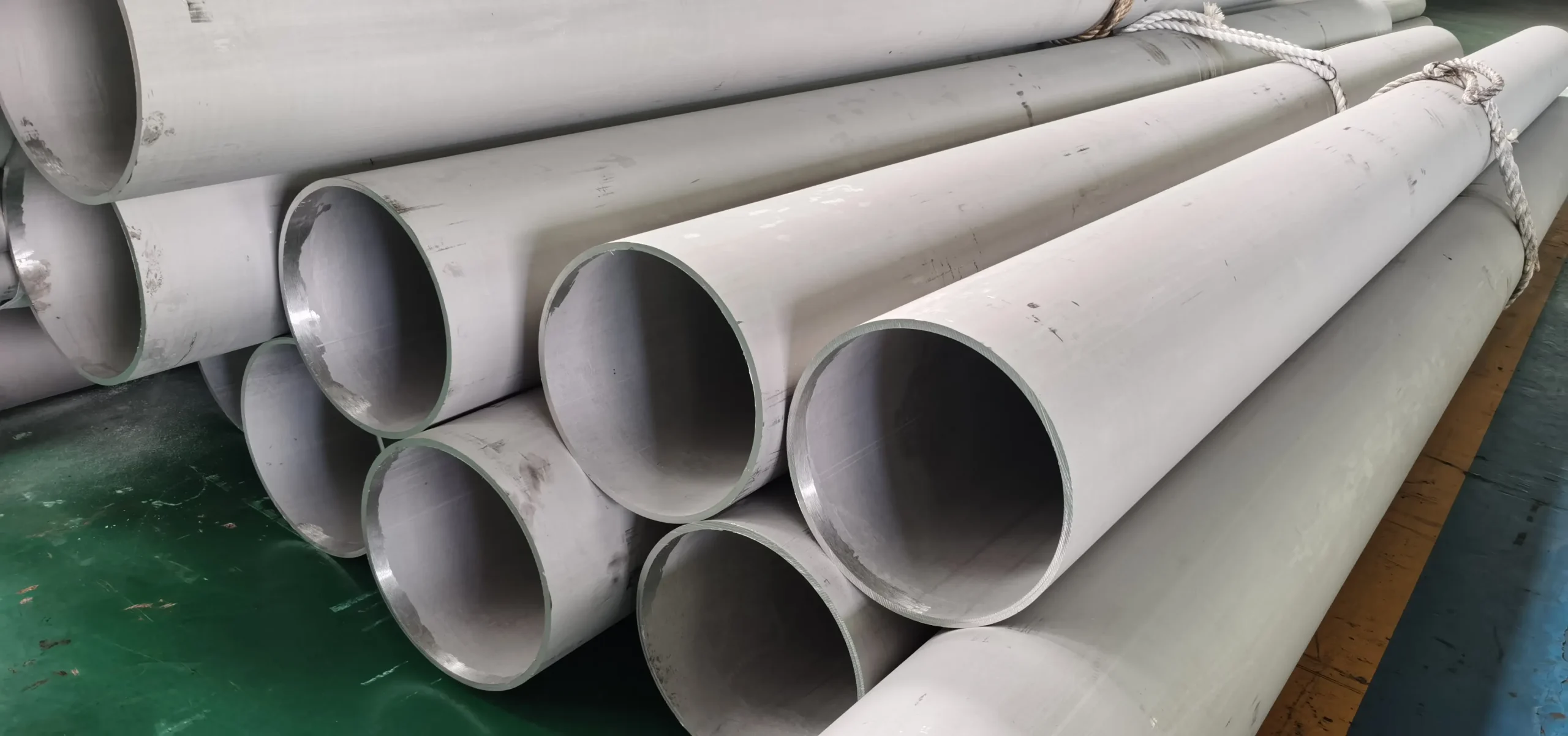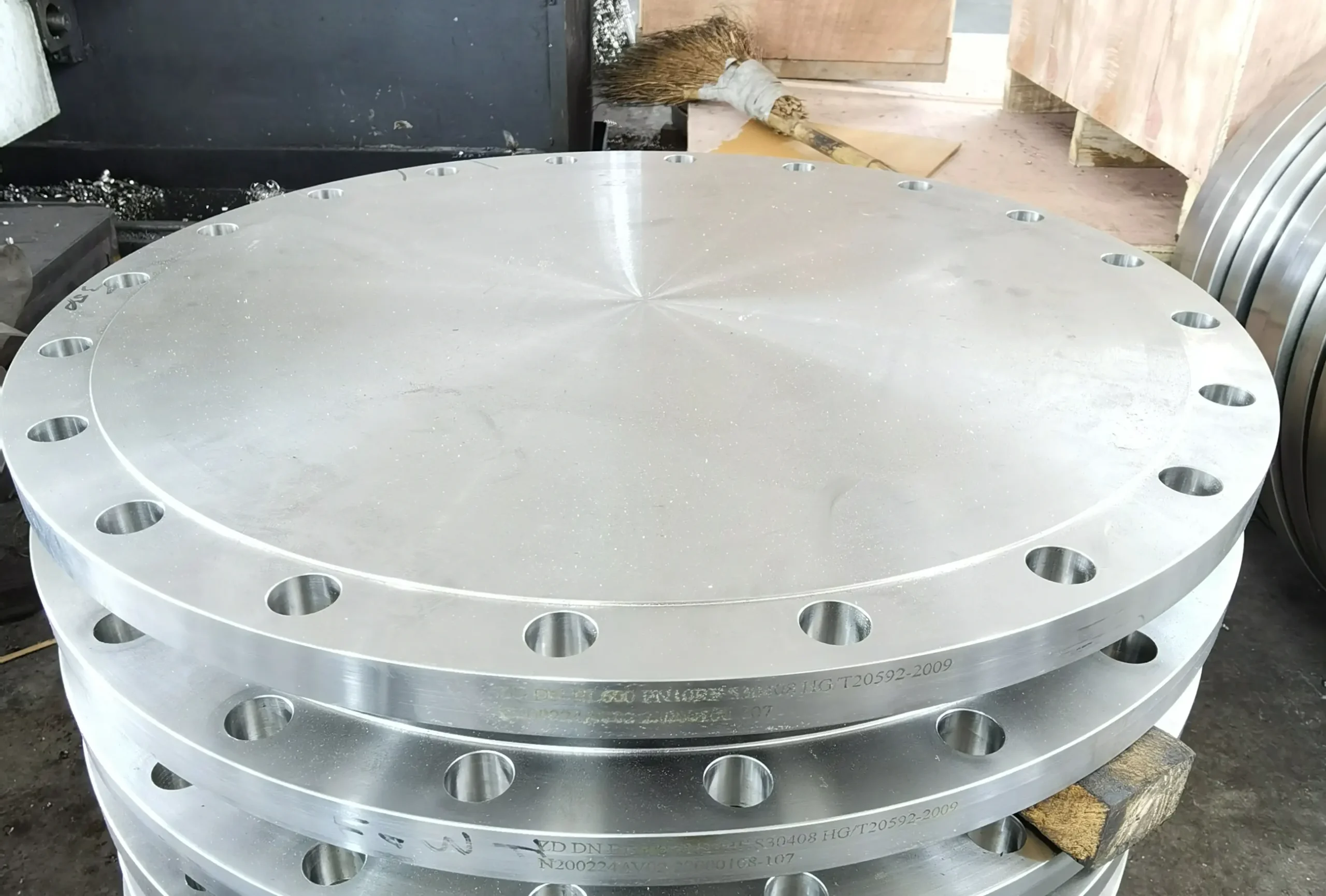Stainless Steel Plate is a heavyweight and highly durable material. It forms the structure for many severe-service industrial applications. This material is crucial for manufacturing heavy-duty stainless steel pipe fittings. It also provides structural integrity for large stainless steel pipes. High strength and robust corrosion resistance are its defining features. Understanding the differences between Steel And Stainless is the first step in material selection.
What is a Stainless Steel Plate
A Stainless Steel Plate is a flat, rolled metal product. Its thickness is typically 6 mm (0.25 inches) or greater. Plates are generally produced using the Hot Rolling process. This method creates thick, strong material. Plates are often used when high structural integrity is required. They serve as a foundational element in heavy construction.
What We Do
- Plate
- Sheet
- Forgings
- Round Bar
- Flange
- Pipes
- Fittings
- Customized
Contact Us For More Information
Stainless Steel Plate Advantages
The thickness of this sheet material endows it with formidable load-bearing capacity, making it an ideal choice for supporting heavy objects.
This material possesses anti-corrosion and chemical degradation resistance properties, ensuring heavy-duty components enjoy a long service life, thereby keeping replacement and maintenance costs to a minimum.
Plates are generally easy to weld using various methods. This simplifies the assembly of large structures. Stainless Steel Plate works well with common fabrication techniques.
Stainless steel sheet metal is readily cut, machined and formed, enabling the manufacture of intricate bespoke components. Professional stainless steel pipe fittings are typically produced in this manner.
Stainless Steel Plate Disadvantages
The thickness of this material results in a significant increase in weight, thereby raising handling and transportation costs and potentially necessitating additional structural support.
Cutting and forming thick plates requires specialized equipment, which extends manufacturing times. Efficient operations necessitate more powerful machinery.
Plates are more expensive than thinner sheets or Stainless Steel Sheet material. The cost reflects the volume of alloy used. The higher investment is justified by the strength.
The plate’s thickness restricts tight bends. Complex forming requires special tooling. It limits design flexibility in certain applications.
Grades, Processes, and Features
Surface Finish Types
| Finish | Appearance | Manufacturing |
|---|---|---|
| No. 1 | Dull, rough | As hot rolled |
| 2B | Smooth, matte | After Cold Rolling |
| BA | Bright, reflective | Special annealing |
Stainless Steel Plate vs. Other Forms
| Form | Thickness | Strength | Primary Use |
|---|---|---|---|
| Stainless Steel Plate | Thick | High | Structural |
| Stainless Steel Sheet | Thin | Medium | Aesthetic |
| Stainless Steel Round Bar | Solid | Extreme | Machining |
Applications in Piping Systems
Heavy-Duty Flanges: Blind flanges and anchor flanges are cut from plate. These are essential for connecting large-diameter stainless steel pipes. The plate’s thickness ensures a high-pressure seal.
Pressure Vessels and Tanks: Plates are rolled and welded to create vessels. They safely contain liquids and gases under pressure. This is a vital application in chemical plants.
Weld Fittings Blanks: Thicker stainless steel pipe fittings like heavy-wall reducers begin as plate. The material is then processed and formed. This ensures the necessary wall thickness.
Fabricated Components: Stainless Steel Plate is used for pipe shoes and supports. This prevents direct contact with other metals. It protects the integrity of Stainless Steel Metric Tubing lines.
How Kaysuns Ensures the Quality of Stainless Steel Plate
Maintaining quality requires strict control. Material must meet standards like ASTM A240. Visual inspection ensures a perfect surface finish. Chemical testing verifies the alloy composition.
Degradation and Maintenance
Thick plate resists rapid corrosion. However, long-term exposure can cause wear. Regular inspection prevents problems. Look for signs of Flange Rust on attached components. Proper Post-Weld Treatment is vital after welding plates. This corrects any reduction in corrosion resistance. Maintaining the plate’s protective layer ensures its longevity.
Contact Us
- RM901 No.22 Tangjiaqiao Road Wenzhou China
- +86 577 8551 1171
- [email protected]
- https://www.kaysuns.com/



